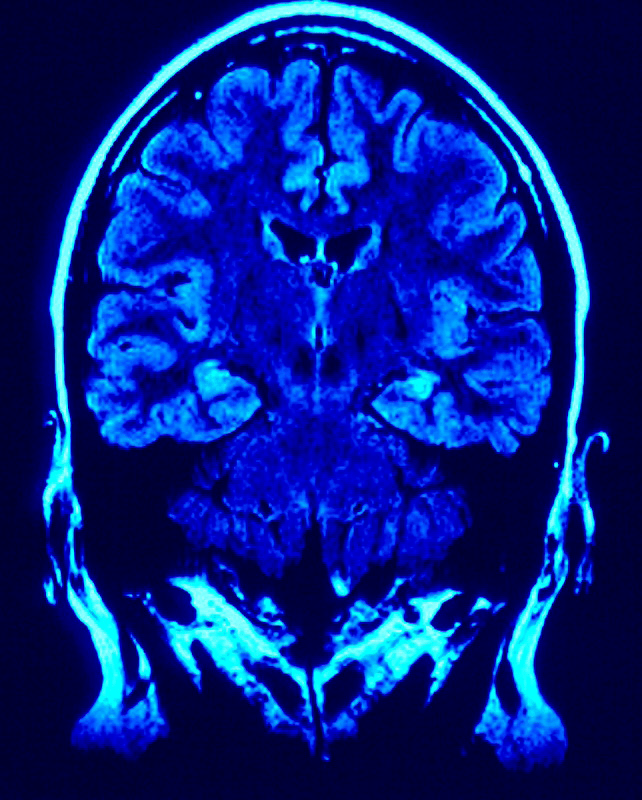Molecular Etiology of Dystonia: Cholinergic and dopaminergic mechanisms in mouse models of dystonia
The main objective is to identify cholinergic and dopaminergic mechanisms in genetic mouse models of dystonia and identify targets within these systems for potential treatments for dystonia.
Dystonia is a movement disorder characterized by abnormal muscle contraction, which leads to debilitating movements and postures.

From a clinical perspective, the most effective medications available for dystonia are anticholinergic drugs. These non-selective muscarinic receptor antagonists are clinically effective but produce a range of anticholinergic side effects and are not well tolerated. Studies in mouse models of DYT1 dystonia have provided experimental support for the concept that dystonia may be related to abnormalities of cholinergic transmission, with downstream effects on dopamine release and synaptic plasticity in the striatum.
We have found that animals with transgenic expression of mutant torsinA have profound abnormalities of cholinergic neuron function, with paradoxical excitation in response to dopamine D2 activation. These same effects are reproduced in animals with selective deletion of torsinA from cholinergic cells, demonstrating that the effect is at least in part cell autonomous. Current studies are investigating the role of nicotinic and muscarinic acetylcholine receptor signaling in the abnormalities of acetylcholine interneuron electrophysiological activity and dopamine release in the striatum.

